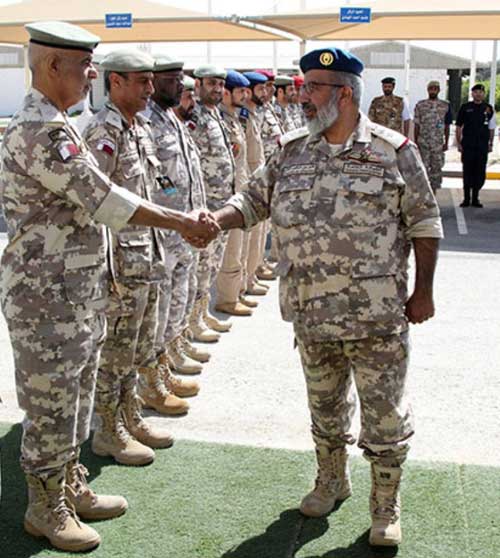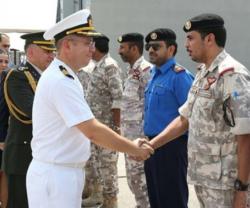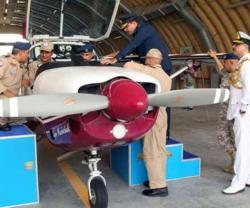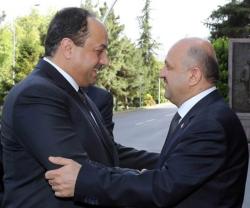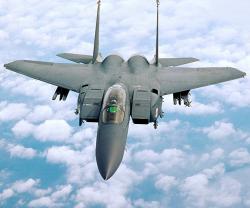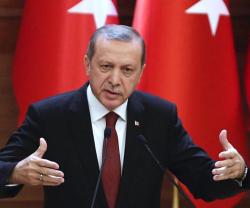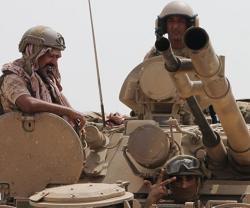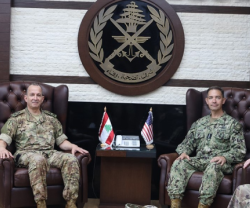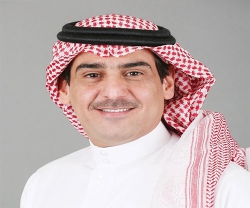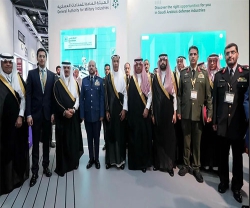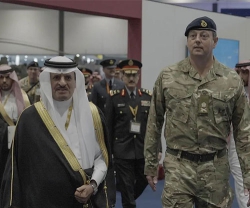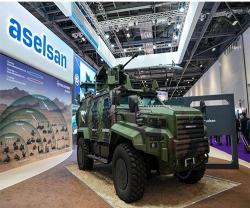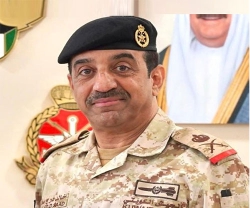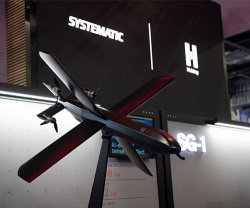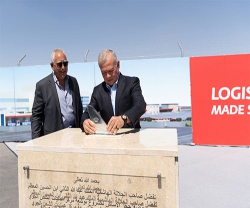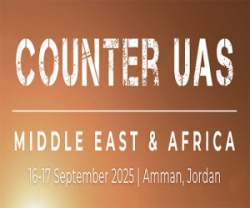The Qatari armed forces presented on Wednesday a briefing of joint exercise Citadel 3, the main exercise at the end of the training course of Qatari armed forces 2014-2017, under the patronage of Minister of State for Defense Affairs Dr. Khalid bin Mohammad Al Attiyah and in the presence of Chief of Staff Major General (Pilot) Ghanem bin Shaheen Al Ghanem.
Citadel 3 is a tactical command center exercise, in which all the leaders and branches of the armed forces participate. It will take place from April 2 to 27 through Tariq bin Ziyad and Al Qalayel battalions, in addition to several maritime areas, with the aim of training the joint units to handle the real events.
The exercise aims to train leaders on changing tactics, planning, control, command work, coordination among the different units and branches of the armed forces, and implementing the skills and techniques that they learned throughout the training course, while training elements on how to prevent infiltration and smuggling.
Speaking to the press, Marine Brigadier General Mubarak bin Rashid Al Sulaiti, the Director of the exercise, said Citadel 3 is part of a series of training that are held every three years, adding that it complements the three-year training period, in which the air, naval and infantry branches of the armed forces participate.
He added that the exercise, which started on Sunday, lasts for 26 days and is divided into three stages; the first is dedicated to preparation and equipment and started on Sept. 25 and concluded at the end of March 2017, the second stage is the actual exercise and started on April 2, with preparation taking place during the first week along with review of all the events of the exercise and ensuring communications from all the branches of the armed forces.
He noted that the second week features an exercise for the general staff to train on receiving updates, analyzing them, sending them to troops, receiving intelligence and then receiving instructions and issuing orders to participant units to execute the mission. He said that such events were carefully studied by the command and control committee, which designed joint as well as separate exercises for participant troops.
The exercise Director said there are two field exercises taking place from April 16 to 25 in Al Qalayel area, where joint trainings between air forces, infantry, special forces, military police and border guards will run for five days, followed by joint exercises to introduce joint operations between all forces and branches involved before the exercise concludes.
Al Sulaiti said that Citadel 3 differs from the previous trainings by introducing some forces and branches of the armed forces that did not participate previously such as Emiri Guard and the General Directorate of Coast and Border Security, as well as the introduction of new air equipment, including reconnaissance planes, coastal survey planes and air ambulance, which provides speedy medical services and appropriate injured transportation times, taking into consideration the points of approach and moving to the nearest evacuation point. It will also introduce nautical equipment such as boats, rocket carriers, speedboats and coastal defense batteries, as well as new scenarios including landing on oil platforms and gas tankers.
The Citadel 3 exercise Director pointed out that the drone aircraft did not enter the service until now, but the Citadel 4, which will be held in 2020, will include this type of aircraft and will be a key factor in the operations after it has already entered the service and has been well trained.
For his part, Colonel Rajeh Mohammed Aqil Al Nabat, Exercise Commander of the joint forces, said that the Citadel 3 sees the participation of all the branches of the armed forces and coincides with a number of courses in the electronic archive and training the staff to lecture, solve dilemmas and assess positions. In addition, each officer is free to assess the situation and make the decision.
Al Nabat pointed out that the exercise aims to activate the centers of air, sea and infantry operations and the development of dilemmas and test their effectiveness and the development of alternative plans to address any emergencies that may occur during confrontations as well as the readiness of the forces.

